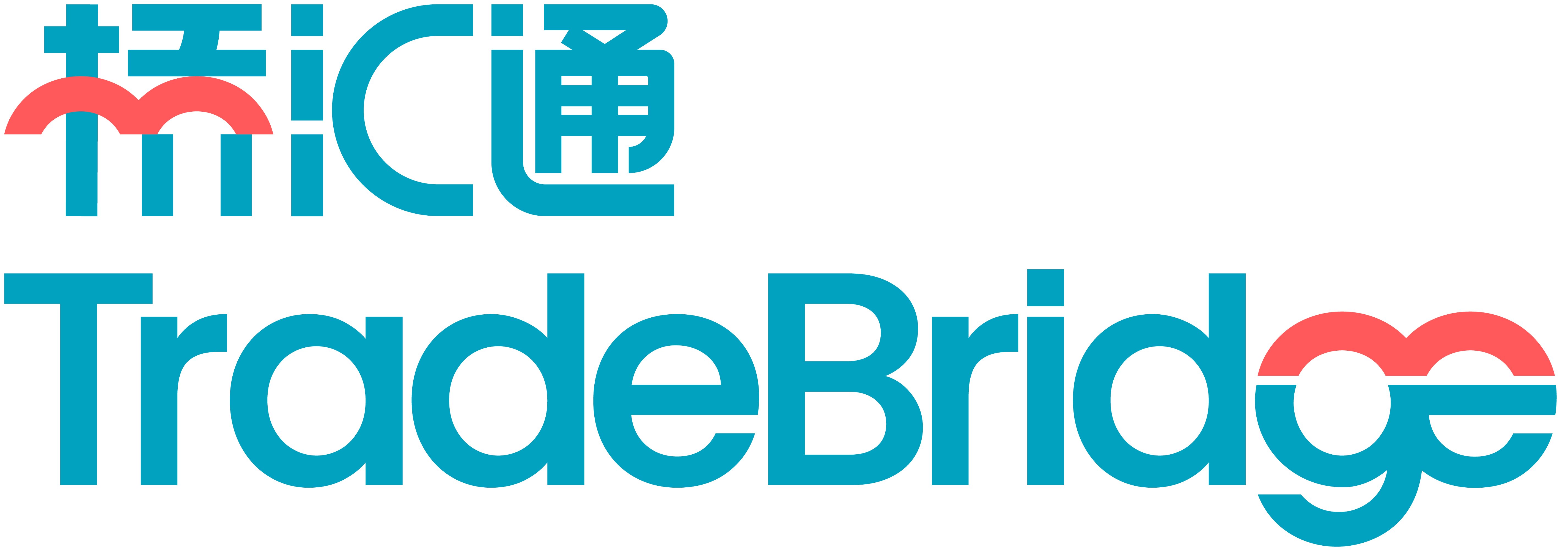

So how much is your supply chain really paying for finance?
The case for a supplier to take supply chain finance is usually pretty clear, a new, flexible form of finance at a cheaper cost. The question we get asked most often is ‘what is in it for the buyer?’
Coming from a big business background myself, I have to admit to being totally naive as to the real cost and availability of business finance for many SME’s.
Cost of finance
The first part of the answer is to understand the real cost of that finance for your suppliers. Like me, you might be in for a shock. Although the headline ‘interest rates’ look pretty reasonable, they hide the truth that many small businesses are paying over 20% for working capital finance.
So, how do SME financiers convert a headline ‘interest rate’ of 5% into a true cost of over 20%.
-
Fees: Arrangement fees, facility fees, drawdown fees, transaction fees and audit fees (just to name five) usually comprise more than 50% of the total cost of funds.
-
Availability: On one hand, a facility needs to be big enough to meet peak cash flow needs, on the other hand the financier has concentration limits and other rules. Put together many businesses end up paying for a facility twice as big as they can use.
“Straightforward”….Oh really?
So if you can half your suppliers the cost of finance with a supply chain finance program, you are removing a real cost from your supply chain. Surely that is a benefit that can be shared?
Availability of finance
The second part of the equation is to understand the availability of finance for your suppliers. Some industries are attractive to financiers and working capital funding is both cheap and widely available, however in others due to contractual and security risks this is not so.
If you are a growing company and need your best suppliers to grow with you, this is a risk you should understand (just don’t expect your supplier to tell you!). Woodford TradeBridge work with a number of fast growing companies in construction and retail who understand this and have implemented supply chain finance as a financial ‘bridge’; supporting their valuable suppliers without tying up their own cash.


